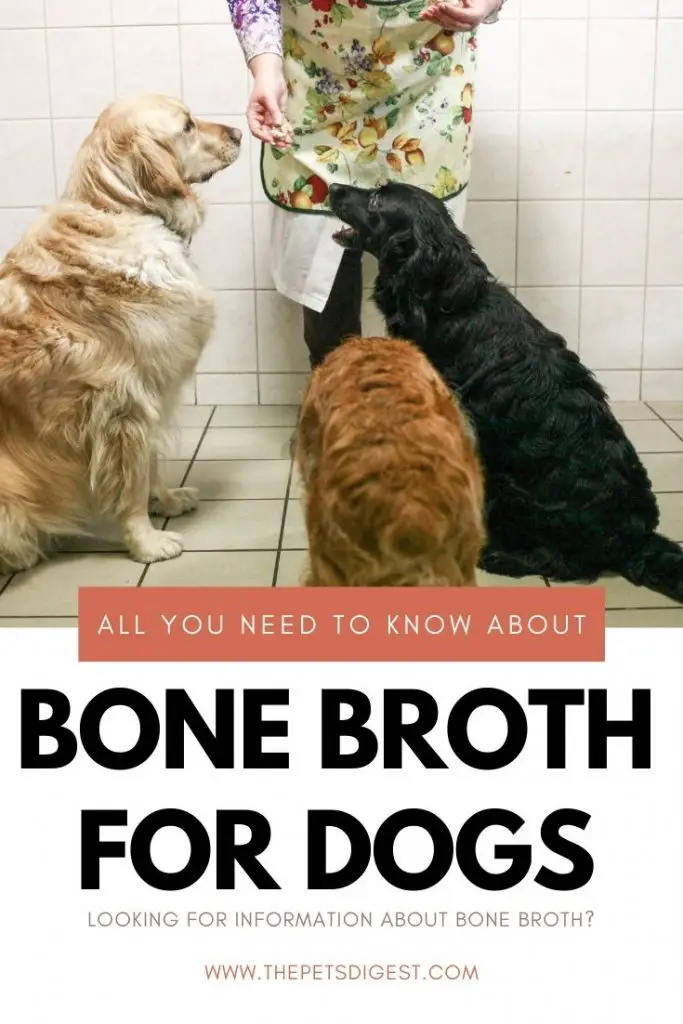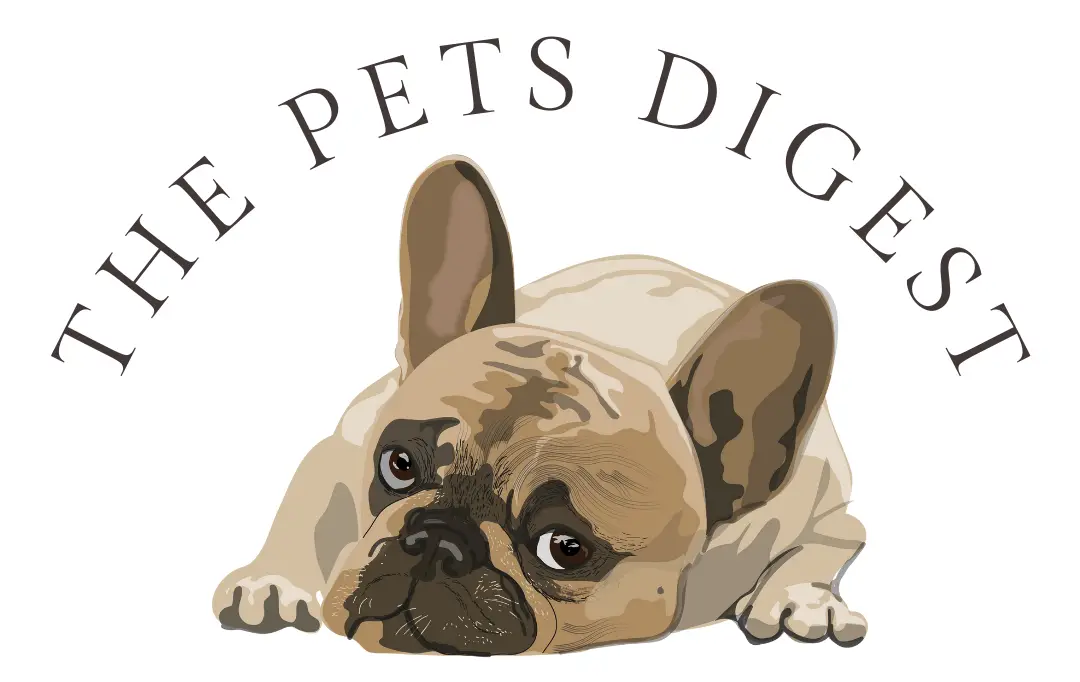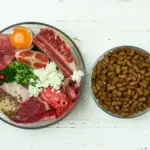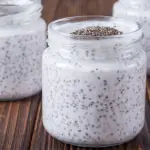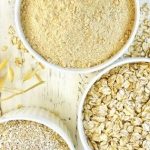What is bone broth?
Bone broth is a stock made by simmering the bones and connective tissue of animals, usually cow, chicken, turkey, or pig for at least 24 hours.
It is highly nutritious and while there has been a resurgence of bone broth as a staple in people’s diets. However, it is a meal that has been around for a very long time.
It is inexpensive, easily absorbed, and simple to make. It also happens to be extremely nutrient-dense.

Is bone broth safe for my dog?
Yes, if prepared properly, bone broth is very beneficial and safe for most dogs.
What are the benefits of bone broth?
Joint care
Bone broth is full of glycosaminoglycans, chondroitin, and hyaluronic acid. These ingredients can help keep your pet’s joints healthy.
Nutrients
Animal bones are very rich in nutrients like magnesium, phosphorus, potassium, calcium, and other trace minerals. While the nutrient content does depend heavily on the type of bones you use, each brings something to the table. Using bone marrow provides vitamins like A and K2, in addition to minerals like iron, boron, and zinc.
Healthy GI
Because bone broth has gelatin, it has been said to help with leaky gut syndrome, which oftentimes leads to allergies and food sensitivities. The gelatin in bone broth naturally attracts and holds liquids (as you will see when it congeals in the refrigerator).
Liver detoxification
We all know that the liver is one of the main organs that help to detoxify your dog’s body (and yours), bone broth has tons of glycine in it which is one of the amino acids that assist in liver detox.
Low Fat
I feed my dog with pancreatitis bone broth from time to time with no problem, as it is generally low in fat and calories
Want A Good Recipe for bone broth? Click here

Where do I get bone broth?
You have a couple of options when purchasing bone broth the first would be store bought
Many times the store bought bone broth will come in powder form that will have to be hydrated with water.
You can also find bone broth available in many dog treats
Another great option is to make it yourself, that way you know exactly what has gone into the broth and you can use organic ingredients.

How do I make bone broth?
Making bone broth is simple, although it does take a while (about 24 hours to be exact).
Tip:use a crockpot when making it so that it doesn’t overcook.
Use raw bones with the joints and cartilage attached. Some people even use chicken feet
Tip: Collect, save, and freeze bones from your own meals.
Cover the bones with water, add vinegar (or lemon juice)
Tip: use an acid like raw apple cider vinegar to help draw out the minerals in the bones
After 24-hours strain the bones (make sure your dog doesn’t get any bones!). Skim off any excess fat as you do not want to feed this to your dog either.
Store the broth in your refrigerator for up to 4 days or freeze it!
Bone broth meal ideas for your pup
- Make bone broth popsicles out of ice trays or molds as a tasty treat for the summer months
- Make dog treats such as cookies with bone broth
- Add it to your dog’s food every once and a while as a treat
- If your dog is sick and does not want to eat, bone broth can be a great option to ensure he or she gets some nutrition
What else can I add to my bone broth?
Some pet owners will add things to their bone broth. However, if your dog suffers from gastrointestinal issues such as pancreatitis or irritable bowel syndrome you may want to refrain from adding too many extras and keep it very limited in ingredients.
Some common foods that pet owners add to their dogs bone broth include:
- Carrots
- Turmeric (great anti-inflammatory)
- Green beans

Warnings about feeding bone broth to your dog
Some things to keep in mind when feeding your dog bone broth:
- Do not add any seasonings to your pet’s bone broth. While this is common to do in bone broth made for people, adding things like salt and pepper to your pet’s bone broth may make their stomach upset.
- Some owners choose to add onion and garlic to their dogs bone broth, I would caution against this especially if you have a smaller dog as these foods can cause great harm to your pup as they just do not digest them well.
- Bone broth is not a nutritionally complete meal for dogs, so make sure to use it as a treat or supplement only
- Make sure you scrape off any excess fat from your bone broth after cooking, especially if you have a dog with pancreatitis or IBS
- While a lot of pet owners swear by bone broth for dogs with cancer or kidney disease, make sure you speak to your veterinarian before incorporating bone broth into your pet’s diet. Write down any questions you may have and take them with you!
Looking for a great bone broth recipe? Click here
